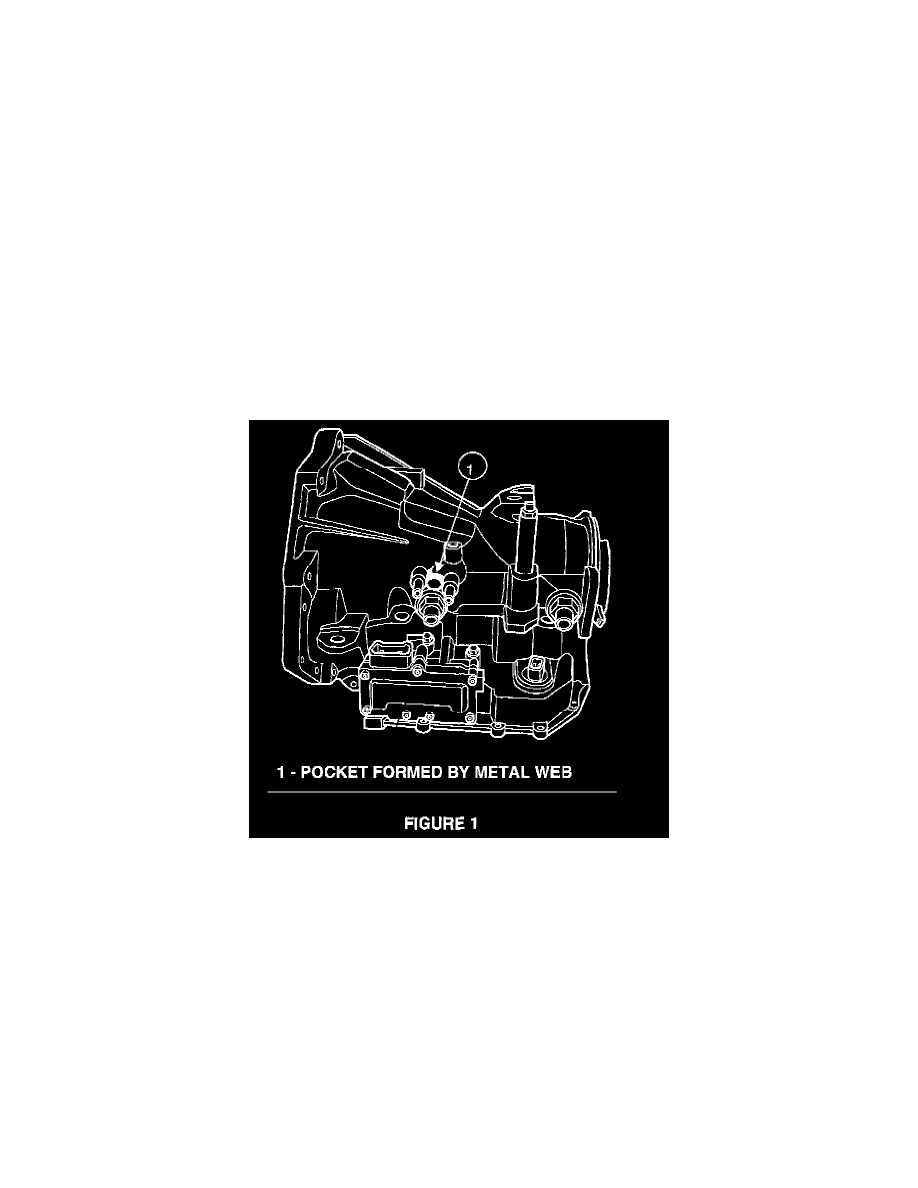Grand Voyager V6-3.8L VIN L (1999)

Case: Customer Interest
A/T - Case Porosity/Fluid Seepage
NUMBER: 21-15-99
GROUP: Transmission
DATE: Oct. 1, 1999
SUBJECT:
Transaxle Seepage Mis-Diagnosis - Case Porosity
OVERVIEW:
This bulletin involves properly identifying the seepage location (porosity) and if applicable, using a peening process to seal the porous area of the
transaxle case.
MODELS:
1999 (FJ) Avenger/Sebring
1999 (GS) Chrysler Voyager (International Market)
1999 (JA) Cirrus/Stratus/Breeze
1999 (JX) Sebring Convertible
1999 (NS) Town & Country/Caravan/Voyager
SYMPTOM/CONDITION:
Some vehicles may exhibit seepage from the transaxle case. This seepage may be due to case porosity in the cooler boss area and can be mis-diagnosed
as leakage from the pan, or input speed sensor. Transaxles that may exhibit this condition have a web of metal attaching the cooler bosses and the input
speed sensor boss (Figure 1). This web forms a circular pocket in that area.
DIAGNOSIS:
Start the vehicle and warm the transaxle fluid to 93° C (200° F). Clean the transaxle pan and the area around the input speed sensor. Pay particular
attention to cleaning the boss area between the cooler lines, above the input speed sensor (Figure 1). With a helper in the vehicle, set the parking brake,
place the transaxle in reverse, apply the service brake and raise the RPM to approximately 1100 RPM for at least 3 minutes. Inspect the cooler line boss
area just above the input speed sensor (Figure 1). If seepage is noted from the pocket formed by the web of metal, the following repair procedure can be
used. If case seepage is not noted in this area, further diagnosis will be required.
EQUIPMENT REQUIRED:
1
NPN
Air Hammer
1
PH59
Snap-On Tapered Punch Or Equivalent
